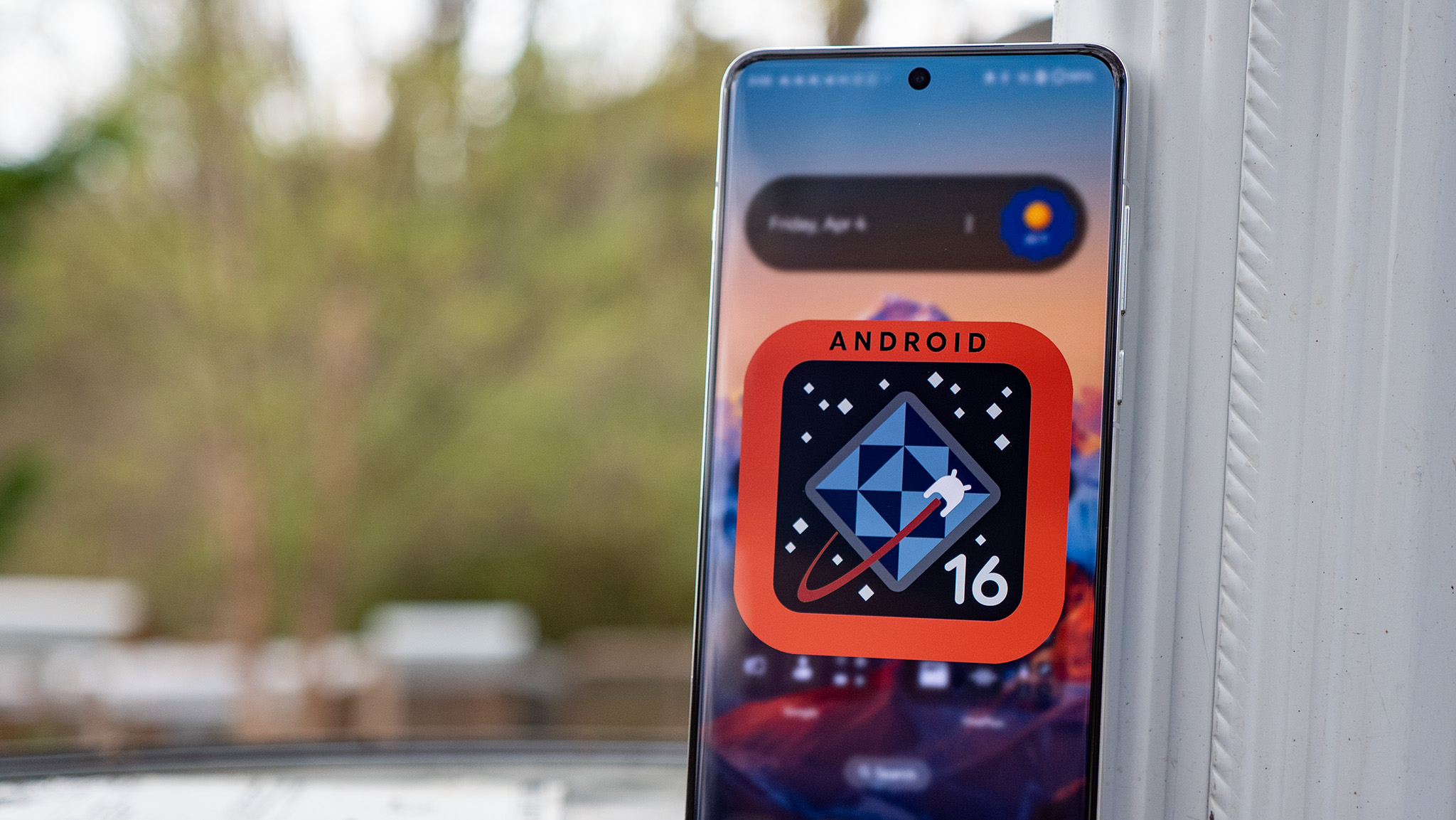Android 16 could bring Identity Check to more smartphones

[ad_1]
What you need to know
- Identity Check was spotted on a OnePlus 13 running the Android 16 beta.
- The feature is expected to arrive on more Android phones with the Android 16 update coming later this year.
- It requires a change to Android’s biometric prompt code, which can’t be completed without a full update.
Identity Check is a useful Android feature that adds an extra layer of protection to your devices when they’re outside of trusted location, and there’s a chance it could arrive on more supported phones with Android 16. As of now, Identity Check only works on select Google Pixel and Samsung Galaxy devices.
However, it was recently spotted on a OnePlus 13 running the Android 16 beta, hinting that Identity Check will be more widely available soon (via Android Authority). After upgrading to Android 16, the Identity Check option became available in the Settings > Google > Theft Protection, where features like Theft Detection Lock and Offline Device Lock are also found on supported devices.
When enabled, Identity Check requires biometric authentication to view or modify certain sensitive parts on your Android smartphone. A fingerprint or face unlock is required for the following actions when your device is outside of a trusted location:
- Accessing saved passkeys and app passwords
- Changing PIN, pattern, or password, and turning off Find My
For these actions, biometric authentication is mandatory outside of trusted locations with Identity Check enabled — a password, PIN, or pattern won’t work as an alternative. This is intended to prevent people from hijacking your Google account or other online accounts in the event your phone is lost or stolen, even if the bad actor knows your password.

Android expert Mishaal Rahman reports that the delay in bringing Identity Check to other Android phones is because the feature requires a full OS upgrade. This is because Identity Check eliminates the PIN/password/pattern fallback, which is part of biometric prompt code that can’t be changed with a basic update. As such, other Android phones can receive Identity Check by upgrading to Android 16 or with a manual upgrade.
For instance, Samsung added Identity Check with One UI 7, which released later than most manufacturers’ Android 15-based upgrades. Google added it with Android 15 QPR1 for Pixel phones. All other Android manufacturers can create an update with Identity Check, now fully supported in Android 15 QPR1, or simply wait for Android 16 to roll out.
Since the Android 16 upgrade will automatically include Identity Check, this is how most users of Android phones that aren’t a Pixel or Galaxy will likely get the feature. It isn’t expected to be enabled by default, and will support any phone with class three biometric hardware.
[ad_2]
Source link









